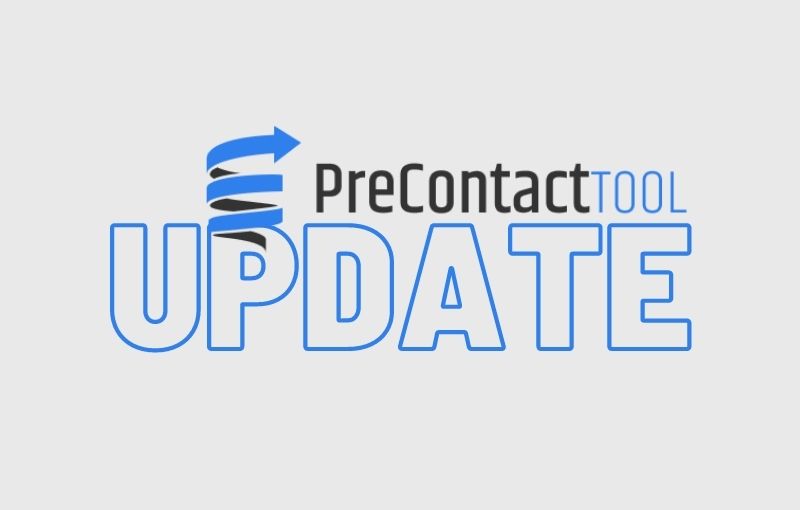Returnship Programs Are in High Demand
Many companies are currently implementing returnship programs. Why are they doing it, and how can these programs benefit your company?
Returnships are like internship programs, except for individuals who have been away from their jobs due to health, caregiving, military service, volunteer work or other personal matters.
These programs are generally open to people with working experience who have been out of the workforce for a while. They do not require returning workers to start at the bottom of their career ladder; they are targeted at mid-career individuals.
Returnship Equals Valuable Talent
In today’s job market, returnships are increasingly popular to get people back to work after Covid-induced jolts that left some unemployed or disruptions to daycares that caused some parents to leave the workforce to care for their children. This is a pool of talent that brings valuable experience to the job.
Back-to-work programs offer benefits to hiring companies and job seekers alike. Returners are mid-career professionals who offer experience, hard skills and soft skills that take years to build up.
Companies benefit from their experienced and transferable skills, especially soft skills that are becoming increasingly important for company culture and their impact on customer retention and customer relationships. For example, business communication and leadership are among the most sought-after soft skills today.
There are back-to-work organizations that partner with companies seeking to hire from this pool of talent. Anyone from private companies to universities, to professional associations; anyone looking to build a returnship program can utilize these services. These incentives can be open-ended and offered to anyone who has been out of work on a specific hiatus, or they can have a specific market focus and strategic approach.
To make the move easier, firms will work with you to help meet your company’s needs.
Women in the Workforce
Some returnship programs may specifically target women, as many women take on familial responsibilities. One organization that is leading the charge in helping women get back to work with meaningful employment is INHERSIGHT, which uses data to help women find the right roles in companies so they can achieve their career goals.
INHERSIGHT’s website lists many companies as partners that offer a wide range of back-to-work programs. For example, HubSpot offers a 20-week program with support and opportunities for growth to help those re-entering the workforce ease the transition. Ratings of companies on INHERSIGHT all come from women which can help other women a good glimpse of what a potential employer can offer to them.
STEM Reentry Task Force is an initiative by iRelaunch and the Society of Women Engineers (SWE) with the goal of increasing the number of technical women in the STEM sector by providing support to women who are returning from a career break.
Although the mission of the Task Force is to increase the number of women in technical roles, men are eligible to apply and participate in Task Force company programs. STEM Reentry, which is also available in some parts of Canada, has had 86% success in placing women in various companies.
Age Diversity
When it comes to diversity, returners contribute to a key aspect of it. Age diversity, as we all know, has become a challenge, particularly in the tech sector as the young and millennial workers have shaped a stereotype in our culture synonymous with tech culture.
USA Today once famously called it “the silent career killer in the tech industry.” At many tech companies 40 is the top age curve and, despite lawsuits involving age discrimination at big tech, the median age at many tech companies stands stubbornly between 25 and 35. Based on a study conducted as recently as March 2021, tech workers over 35-years-old are considered old by the industry, while young workers are considered to be up to about 30 years of age.
Path Forward is a nonprofit at the forefront of returnship programs helping workers find employment from a roster of companies that, in partnership with Path Forward, offer back-to-work opportunities. Returners can use documentation and training, recruitment marketing support, and professional development offered by Path Forward to find their ideal job opportunity.
For employers, Path Forward offers opportunities to implement and run mid-career internship programs so that employers tap into a diverse talent pool in a low-risk way in the sense that their proven past experience offers a degree of confidence in their hiring decisions.
Carol Fishman Cohen is an expert on back-to-work programs. She is the CEO and a cofounder of iRelaunch, a career-reentry consulting company, and author of a book on the same subject.
On the value and significance of hiring from talent pools in back-to-work programs, Cohen emphasizes a number of important factors that employers not hiring from this pool of talent seem to overlook.
According to Cohen “return-to-work professionals are educated, have great work experience, offer a mature professionalism and are at a relatively stable stage of life. Because they were employed in the past, they understand how to work in teams and with differing personalities, and they’ve navigated tight deadlines and high-pressure situations.”
Cohen also emphasizes that as DEI becomes an imperative business strategy, companies find more value in becoming partners with return-to-work programs as returners also bring social and cultural diversity, not just past business experience.
Major Market Movers
Thankfully, back-to-work programs are being adopted by strong market players. Glassdoor, for example, has “Returnship jobs at Glassdoor,” dedicated entirely to companies that are hiring from this pool.
Other major market movers such as IBM, Walmart and Netflix have joined this crowd. This trend bodes particularly well for many qualified and experienced professionals who have found their chances of re-entry into the tech sector hindered by their age.
















